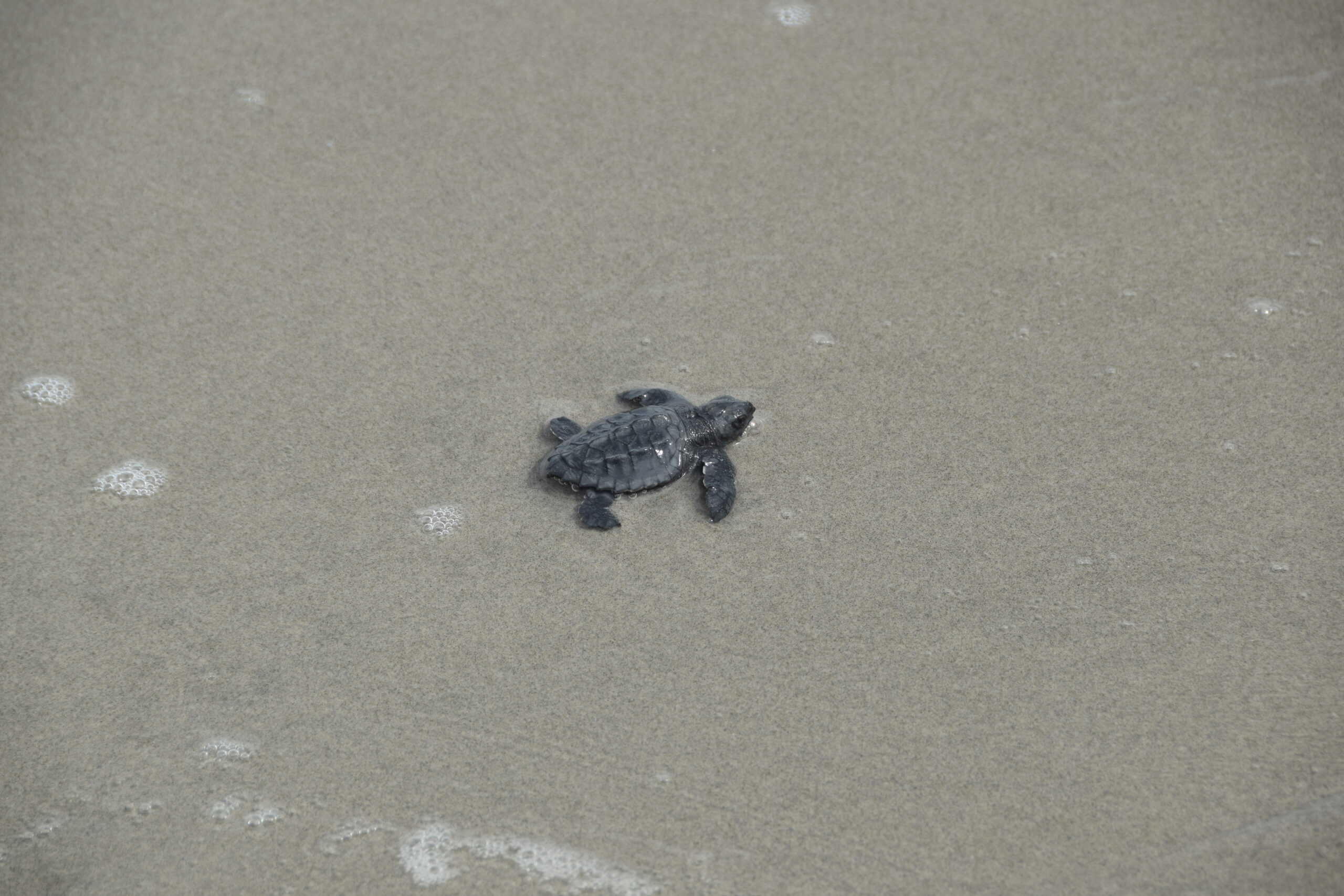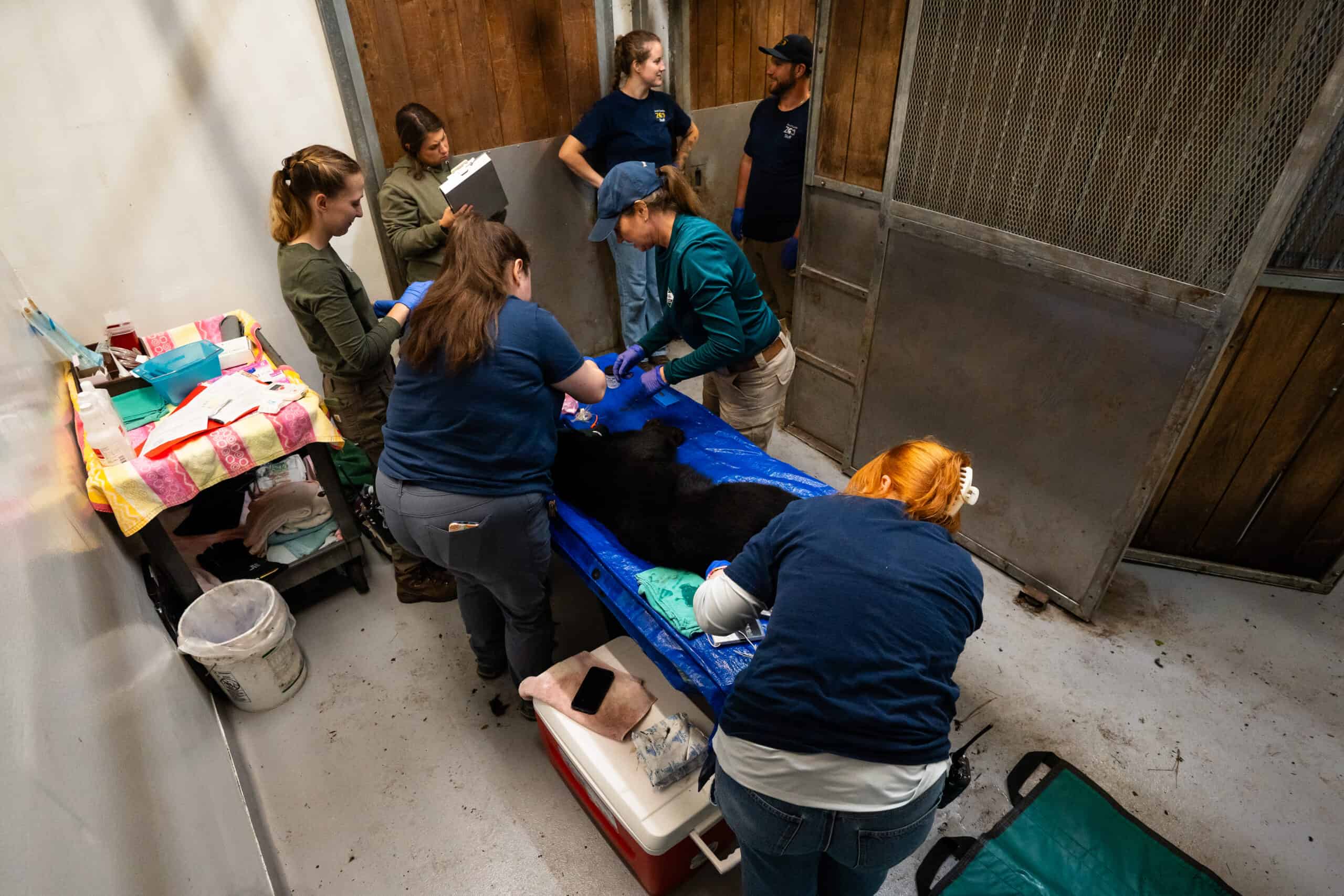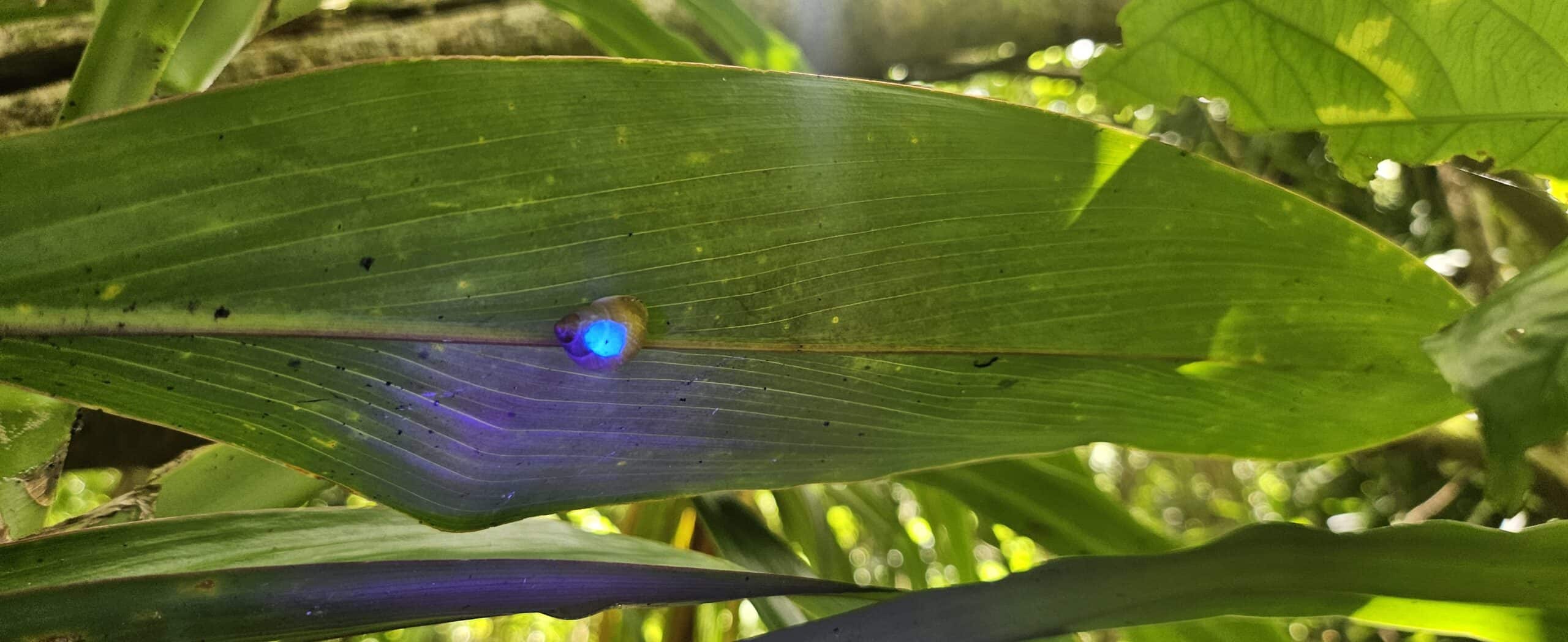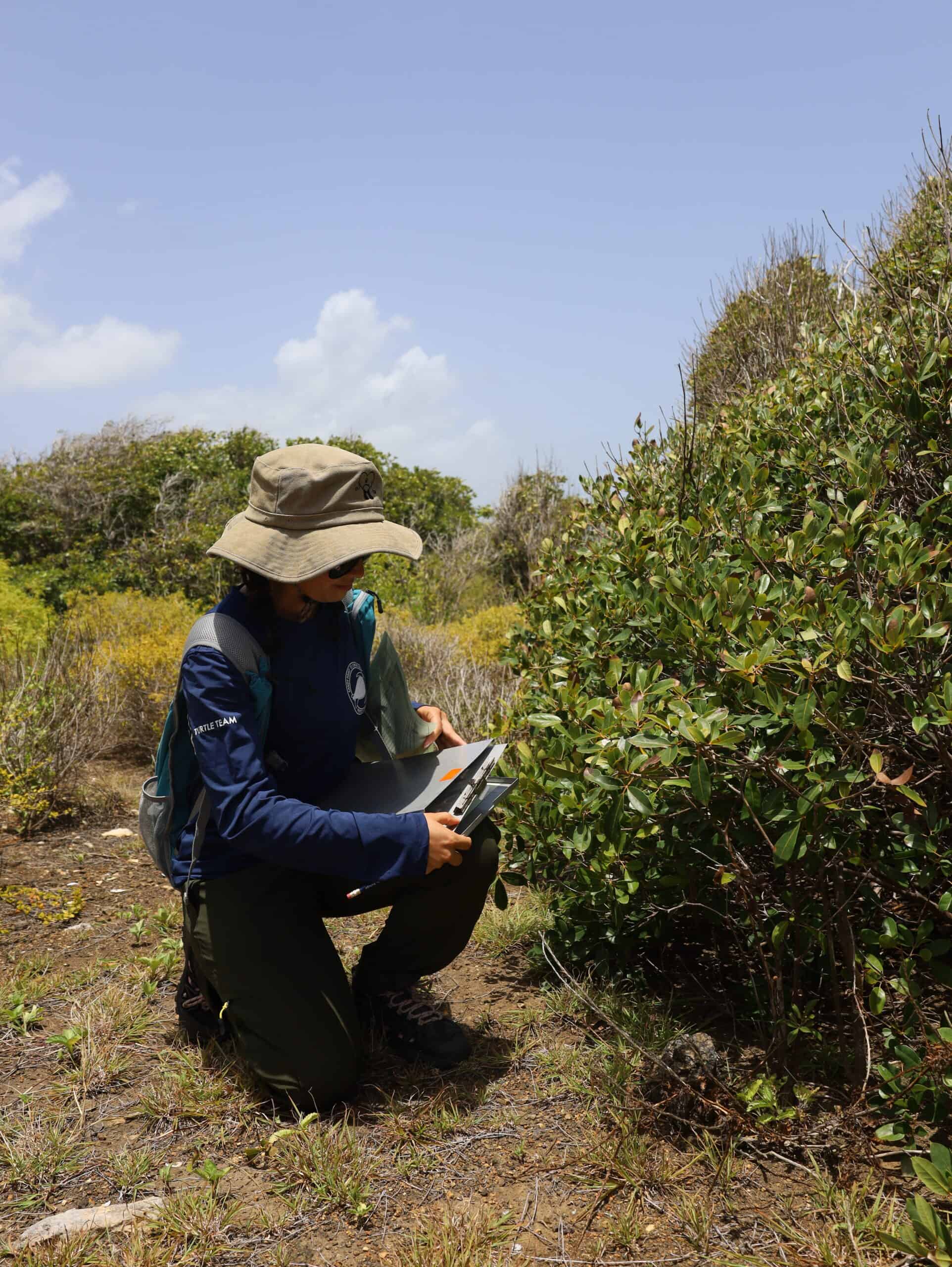Share this article
Wildlife Featured in this article
- Loggerhead sea turtle
- Kemp's ridley sea turtle
Researchers discover rare sea turtle nesting site in Louisiana
Kemp’s ridley sea turtles make a surprise appearance on islands east of New Orleans
In the northern Gulf of Mexico, there is really only one known consistent nesting site for Kemp’s ridley sea turtles, and it’s on a beach in northeastern Mexico.
But surveys conducted on offshore barrier islands near New Orleans have revealed these critically endangered reptiles also nest on the beaches along the coast of Louisiana.
“That’s exciting,” said Margaret Lamont, a research biologist with the U.S. Geological Survey’s Wetland and Aquatic Research Center in Gainesville, Florida.
About 20 miles off the coast of Louisiana, and 70 miles east of New Orleans, the Chandeleur Islands form an uninhabited archipelago that stretches for about 50 miles into the Gulf. Sitting entirely within Breton National Wildlife Refuge, they provide important resources for shorebirds and other wildlife and help protect the coast from storm surges. Chandeleur Sound, which separates the islands from the mangroves, provides rich waters for recreational and commercial fishing fleets.
But these islands were damaged by the storm surge from Hurricane Katrina in 2005 and the Deepwater Horizon oil spill disaster in 2010, and sea level rise caused by climate change continues to eat away at them.
“The islands provide innumerable services both to humans and natural resources,” Lamont said. As a result, the state is looking to restore them back to the condition they were in a half a century ago.

Uncovering turtle nests
As part of this effort, officials wanted to learn more about species that used the islands, including sea turtles. In June and July 2022, the Louisiana Department of Wildlife and Fisheries and the Louisiana Coastal Protection and Restoration Authority began flying float planes over the islands in search of signs that turtles are coming ashore.
“When [a turtle] comes up on the beach, it leaves large tracks,” said Lamont, lead author of the study published recently in Ecology and Evolution documenting the discovery. These tracks, some 20 to 40 inches wide, are visible from a low-flying plane.
When the researchers spotted turtle tracks, they would land on the water and check them out. Usually, they could tell the species just by the tracks’ appearance. If they saw a nest—sometimes turtles turn back before laying eggs—they would excavate it after it hatched and take samples of hatched eggs to verify the species and population of the animals. They would also count egg numbers, monitor the nests over time and estimate how many turtles emerged when they hatched.
Buried treasure
In 2022, researchers including biologists from the U.S. Fish and Wildlife Service, found 54 crawl tracks. Some 16 of those were likely from loggerhead sea turtles (Caretta caretta). That alone was a surprise, since the species is more often associated with the eastern coast of Florida than the Gulf of Mexico. Genetic analysis confirmed some were from the distinct population of loggerheads found in the northern Gulf.
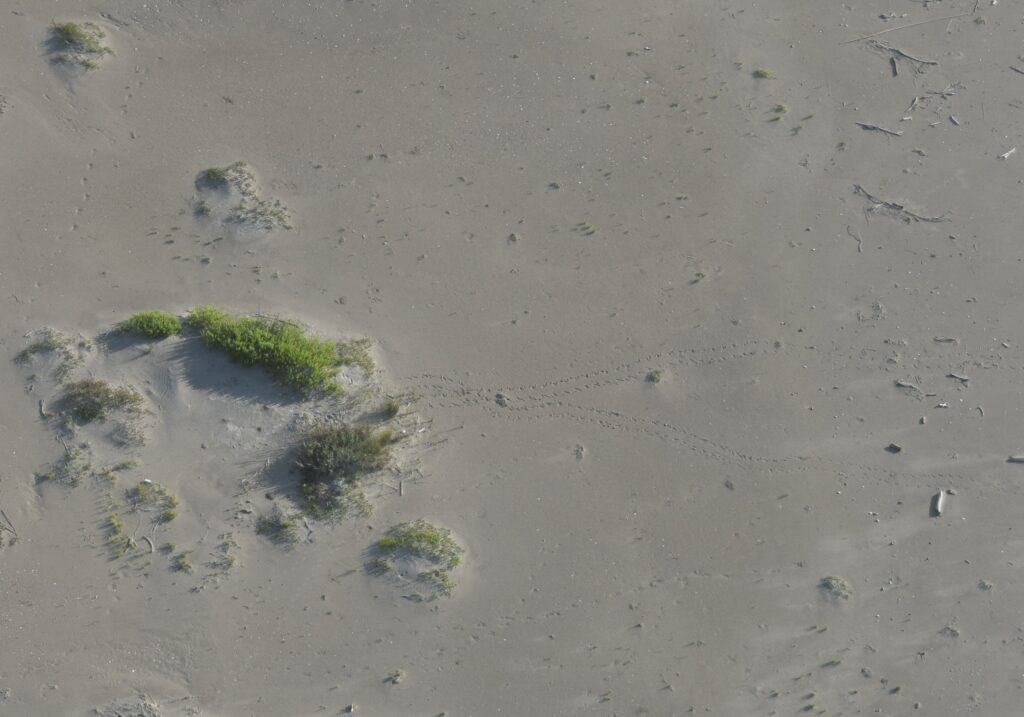
But the researchers were really surprised to discover that two of the nests were from Kemp’s ridley sea turtles (Lepidochelys kempii), considered endangered by the U.S. Fish and Wildlife Service. Biologists know of only two consistent nesting locations for this species. The main one is in the northeastern Mexico state of Tamaulipas. A small number also nest in Texas, the result of eggs taken there by managers in the 1970s, which established a second population.
Excited about what this meant for the highly endangered Kemp’s ridleys, the team flew more surveys in 2023, starting a little earlier in the year. Kemp’s ridley sea turtles typically nest from April to July, while loggerheads nest from May to August. In this second year, they documented at least 22 Kemp’s ridley sea turtle crawls—more than even loggerheads that year—though that information didn’t make it into the recent publication. This number of crawls suggests the Chandeleur Islands may represent a third site in the Gulf of Mexico where Kemp’s ridleys nest consistently.
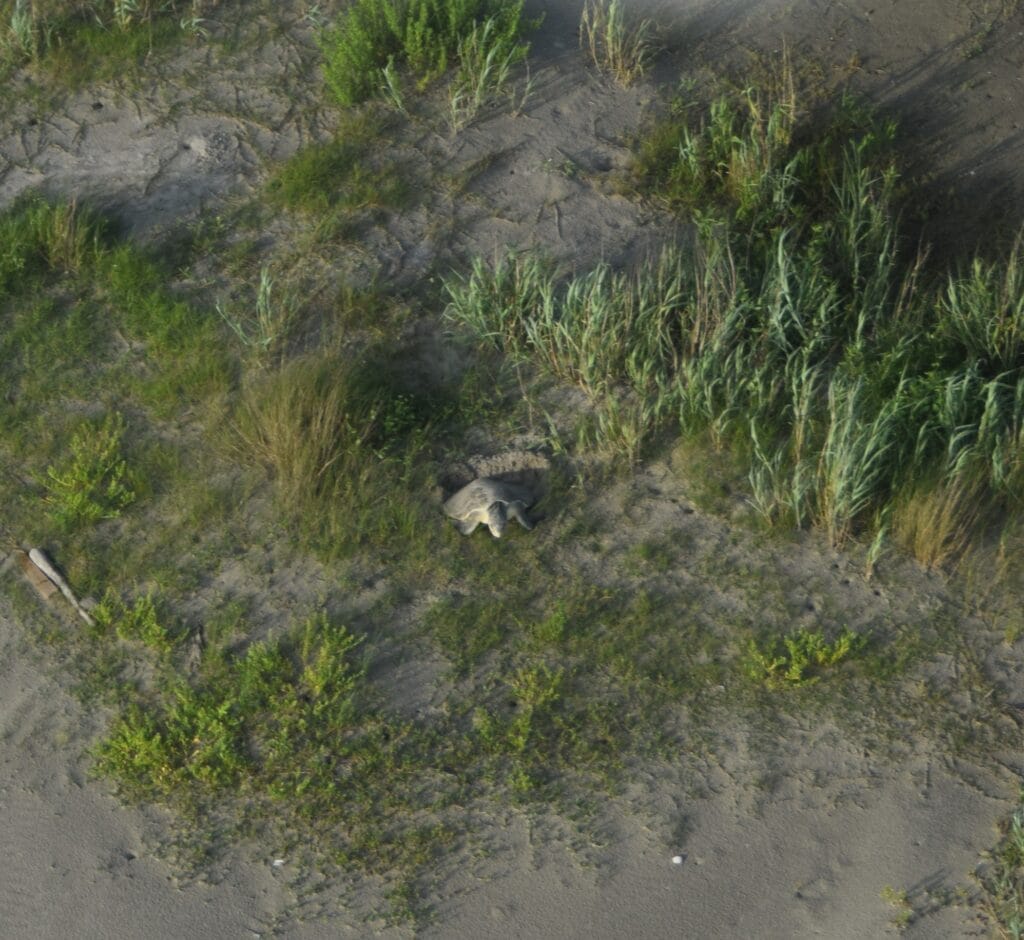
This story is only just beginning, Lamont said, since biologists only recently discovered this nesting area. Genetic studies of Kemp’s ridley nests from the Chandeleur Island are underway to help scientists understand where these nesting individuals originated. The team will continue to monitor both species and look for potential effects from the Deepwater Horizon oil spill.
In the future, Lamont said, this could turn into a very important conservation project for a critically endangered species.
Header Image: A sea turtle hatchling on the Chandeleur Islands. Credit: Matt Weigel/Louisiana Department of Wildlife and Fisheries



